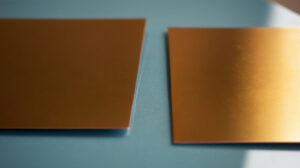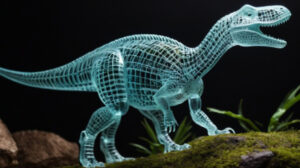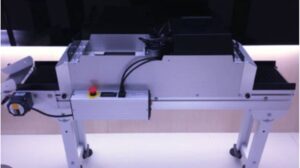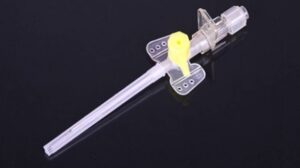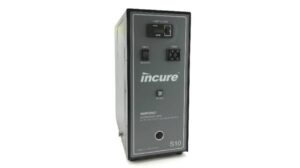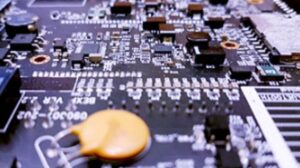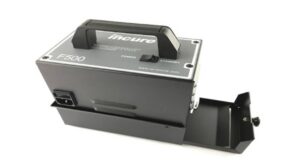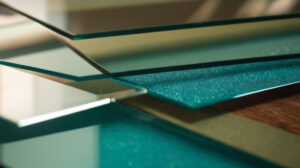The world of 3D printing is booming, offering anyone the ability to create complex objects from the comfort of their home (or workshop). But with so many 3D printing technologies available, choosing the right one can feel overwhelming. Fear not, maker enthusiast! This blog will be your one-stop guide to popular 3D printing methods, exploring their pros, cons, and ideal applications.
Understanding 3D Printing: Building Block by Block
At its core, 3D printing builds objects layer by layer based on a digital blueprint. This allows for the creation of intricate shapes and designs that would be impossible with traditional manufacturing. However, the way each layer is formed varies greatly, leading to distinct 3D printing processes, each with its own strengths and weaknesses.
Top Contenders in the 3D Printing Arena
Let’s delve into some of the most widely used 3D printing technologies, highlighting their pros, cons, and prime uses:
- Fused Deposition Modeling (FDM): The Accessible Workhorse
- Pros: Affordable, user-friendly, vast material selection (ABS, PLA, etc.), good for rapid prototyping.
- Cons: Lower resolution, visible layer lines, may require support structures and post-processing.
- Ideal for: Beginners, quick prototypes, hobbyists, large objects.
- Stereolithography (SLA): The Michelangelo of 3D Printing
- Pros: Unparalleled detail and smooth surface finish, ideal for intricate designs.
- Cons: Limited material selection (mostly resins), can be more expensive than FDM.
- Ideal for: Jewelry, dental applications, high-resolution models, design visualization.
- Selective Laser Sintering (SLS): The Powerhouse for Durability
- Pros: Excellent for functional prototypes and end-use parts, high strength and durability, wider material range (including metals).
- Cons: Requires specialized handling (powder material), higher cost compared to FDM and SLA.
- Ideal for: Functional prototypes, prosthetics, industrial applications.
- Digital Light Processing (DLP): The Speedy Resin Specialist
- Pros: Faster printing times than SLA, good resolution and detail, works with resins.
- Cons: Similar limitations to SLA in material selection and post-processing.
- Ideal for: Mid-range prototypes, art pieces, industrial tooling.
- PolyJet: The Multi-Material Master
- Pros: Prints multiple colors and materials in a single build, excellent for complex prototypes.
- Cons: High cost per print, limited build volume compared to some methods.
- Ideal for: Multi-part functional prototypes, detailed models requiring multiple materials.
Choosing the Right Tool for the Job
With a variety of 3D printing processes at your disposal, selecting the perfect one boils down to your specific project needs. Here are some key factors to consider:
- Material: Do you need a strong, functional part, a high-resolution model with smooth finish, or multi-colored components?
- Accuracy and Detail: How important are fine features and a polished look for your project?
- Cost: Budget is a real consideration. FDM is generally the most affordable, while metal SLS printing can be expensive.
- Complexity: How intricate is your design? Some methods, like FDM, may struggle with complex geometries.
The Takeaway: Unlocking Your Creativity with 3D Printing
The world of 3D printing offers endless possibilities for creators and innovators. By understanding the different types of 3D printing technologies, their strengths and limitations, you’re well on your way to selecting the perfect tool to bring your ideas to life. So, unleash your inner inventor and explore the exciting world of 3D printing!

